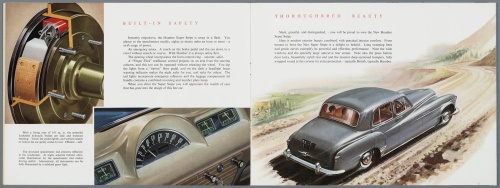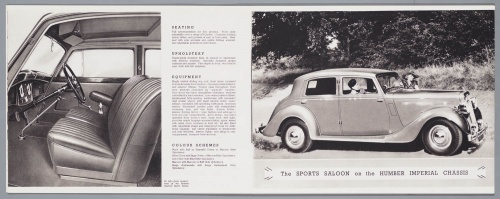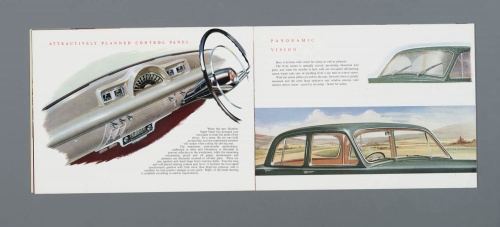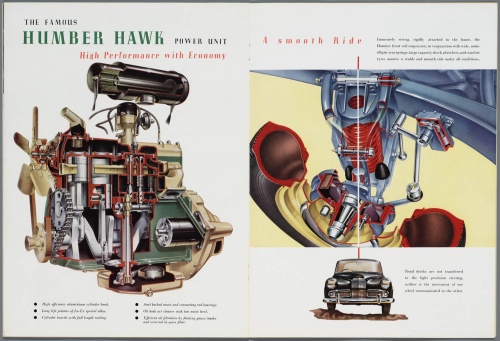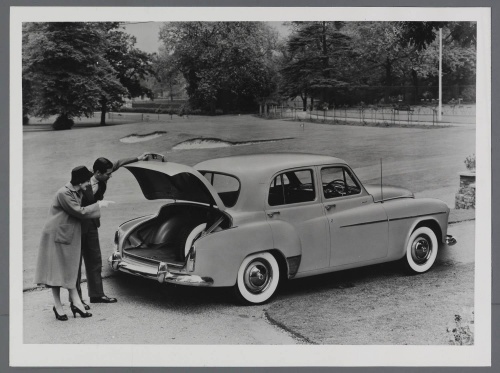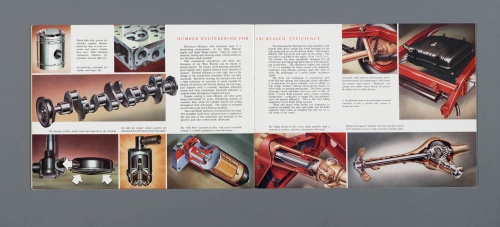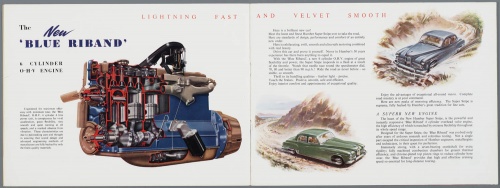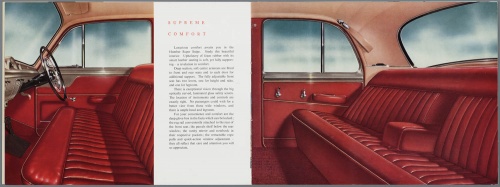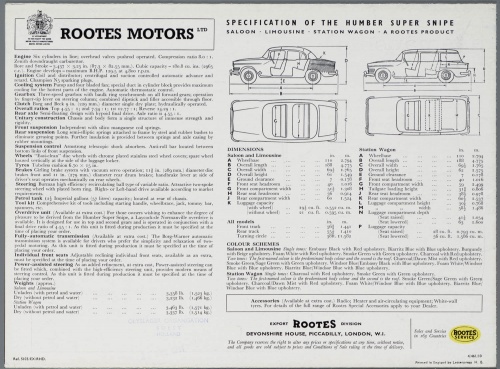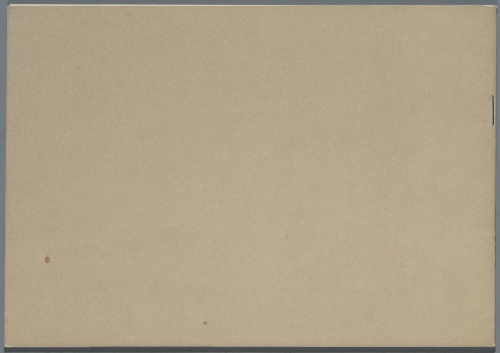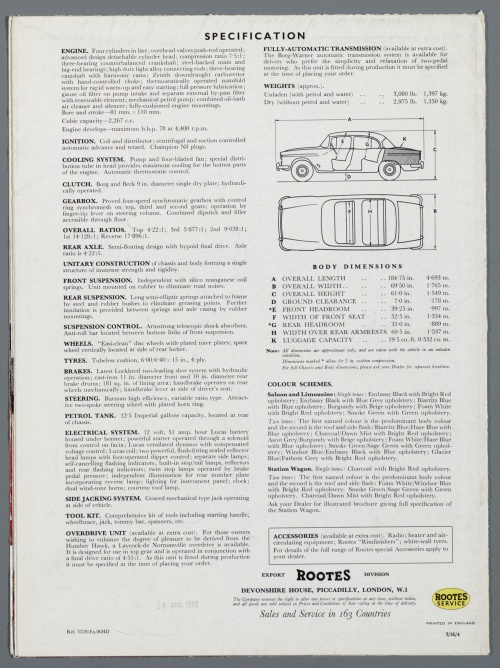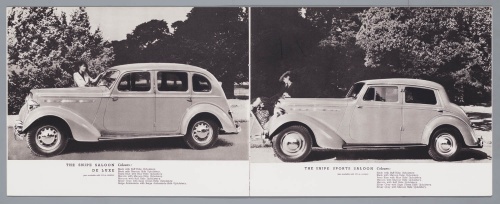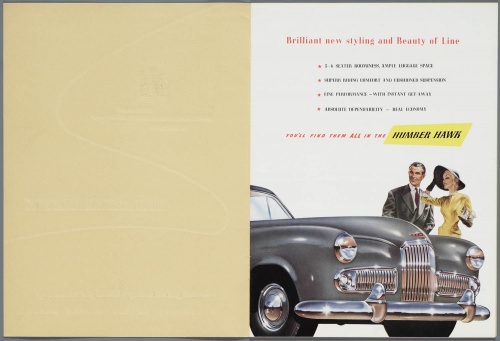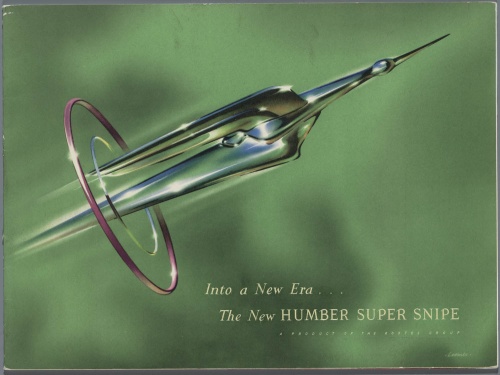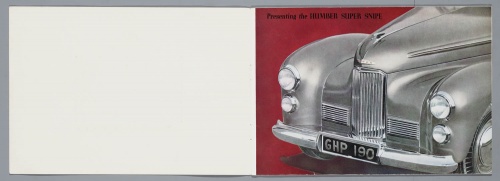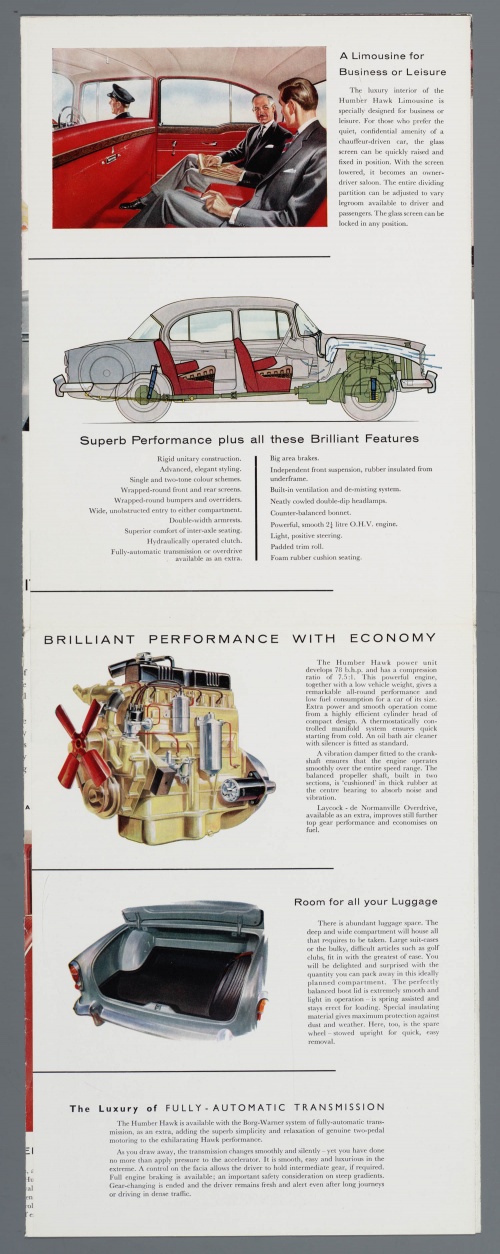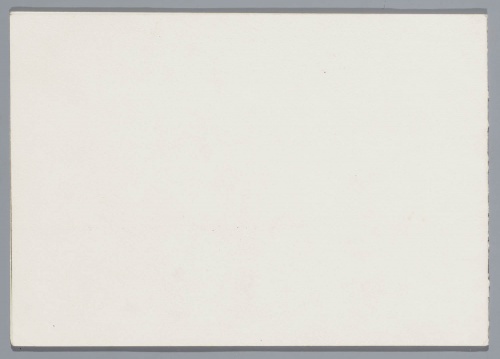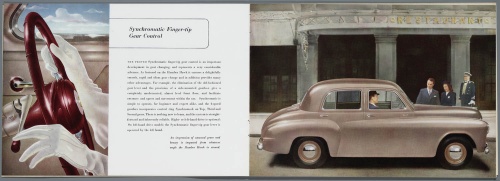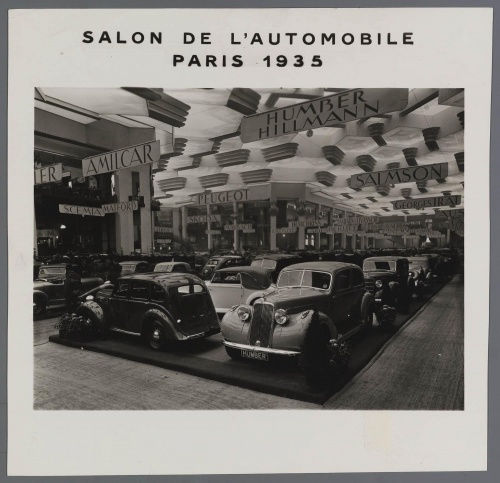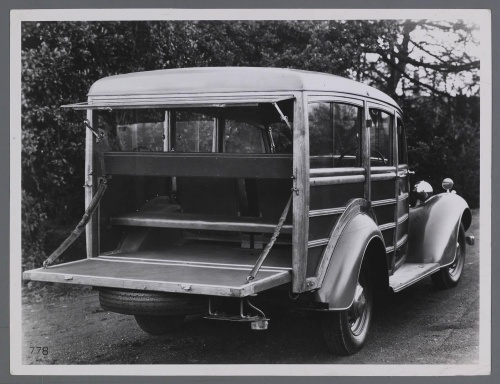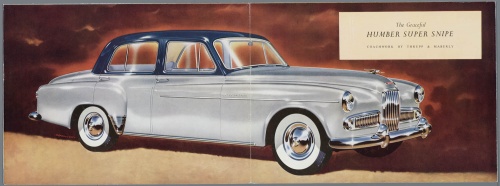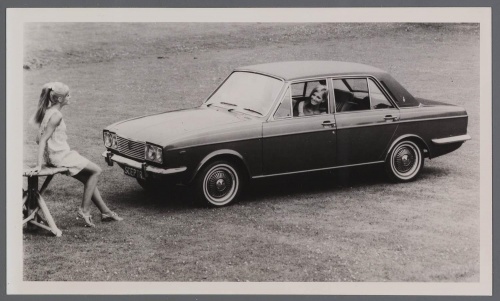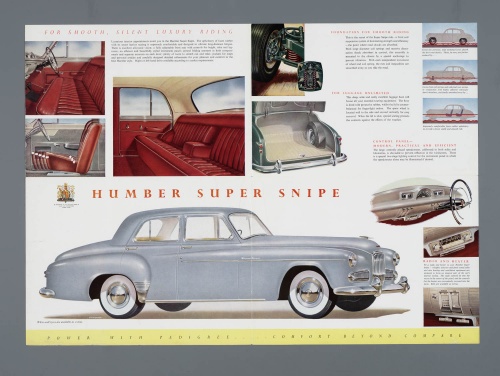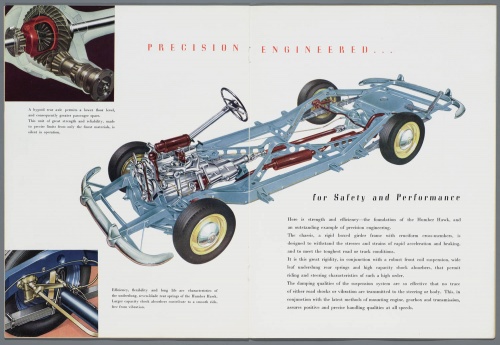HUMBER (Coventry/Beeston, UK, 1898-1976)
Thomas Humber began his entrepreneurial career in 1868 by founding a bicycle factory. Subsequently, his company was part of the H.J. Lawson automobile company and produced the notorious Pennington carriages. They were very strange 3- or 4-wheeled structures with rear steered and front driven wheels. The first Humber car was introduced in 1901.
Two years later the small Humberette model followed, with a tubular frame and a 5 hp single-cylinder engine. In 1902, they released the “12HP” model with a 4-cylinder engine, and the next year the more powerful “20HP” and the economical “9HP” with a 3-cylinder engine appeared. After the production of 2-cylinder engines ceased, the company's 1905 program was limited to the "10/12 HP" and "16/20HP" models. In 1907, they added the 15HP model, and in 1908, Humber resumed production of 2-cylinder engines. The new "Hamberetta" with an air-cooled V2 engine debuted in 1913.
In the 1920s, Humber cars enjoyed an excellent reputation for their durability and reliability. In 1922, the company abandoned bottom valves in engine designs and introduced top intake and side exhaust valves. The lightweight model "8/18НР", introduced in 1923, had an engine displacement of only 985 cm3 and a weight of 610 kg. The next one, “9/20НР”, similar to “8/18НР”, was noticeably larger. In 1930, control over the Humber company was acquired by the Roots brothers, who decided to produce more prestigious cars under this brand. This is how the comfortable “16/50HP” and “Snipe” models appeared, equipped only with 6-cylinder engines of 2.1 and 3.5 liters, respectively. In 1933, Humber released the 12HP light car with a 4-cylinder overhead valve 1.7-liter engine.
When the Second World War broke out, the Humber program consisted exclusively of 6-cylinder models, with the most powerful Super Snipe being used by the British Army as staff cars and armored car chassis.
After the war, the Hawk appeared with a 4-cylinder 2-liter Hillman engine. In 1953, overhead valve engines began to be used on Super Snipe and Pullman cars. Production of the Super Snipe model was interrupted for a short time, and it reappeared in 1959 with a new 2.7-liter engine, the displacement was then increased to 3 liters. Meanwhile, the Rute concern found itself in a financial impasse and became the property of the American Chrysler. As a result, of the numerous Humber models, only the Sceptre with a 4-cylinder 1725 cm3 engine remained, which turned out to be just a more comfortable version of the Hillman Minx.
Humber ceased to exist as a result of the collapse of the British national automobile industry in the mid-70s.
